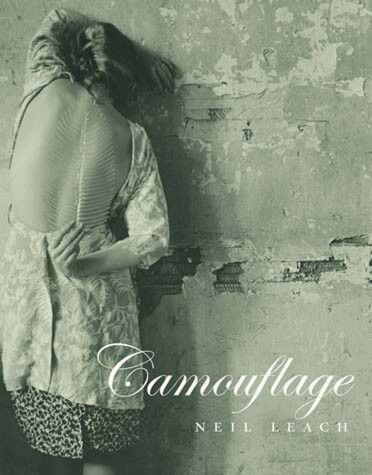The MIT Press
2 total works
In this short, intentionally polemical book, Neil Leach draws on the ideas of philosophers and cultural theorists such as Walter Benjamin and Jean Baudrillard to develop a novel and highly incisive critique of the consequences of the growing preoccupation with images and image-making in contemporary architectural culture.The problem with this preoccupation, Leach argues, is that it can induce a sort of numbness, as the saturation of images floods the senses and obscures deeper concerns. This problem is particularly acute for a discipline such as architecture, which relies heavily on visual representation. As a result, architects can become anaesthetized from the social and political realities of everyday life. In the intoxicating world of the image, the aesthetics of architecture threaten to become the anaesthetics of architecture. In this culture of aesthetic consumption, this "culture of the cocktail," meaningful discourse gives way to strategies of seduction, and architectural design is reduced to the superficial play of empty, seductive forms.
We human beings are governed by the urge to conform and blend in with our surroundings. We follow fashion. We become part of cultures of conformity—religious communities, military groups, sports teams; we take on corporate identities. Likewise, we seem to have the capacity to grow into our built environment, to familiarize ourselves with it, and eventually to find ourselves at home there. We have a chameleonlike urge to adapt, and, given the increasing mobility of contemporary life, we are constantly having to do so.The desire for camouflage is a desire to feel connected—to find our place in the world and to feel at home. In Camouflage Neil Leach analyzes this desire and its consequences for architectural concerns. Design, Leach argues, can aid the process of assimilation we go through when we adapt to our surroundings. Design can provide a form of connectivity—a mediation between us and our environment—and it can contribute to a sense of belonging. Architecture, and indeed all forms of design and creativity—fashion, art, cinema, and others—can be an effective realm for forging a sense of belonging and establishing an identity.
Camouflage offers a range of overlapping and intersecting theoretical perspectives—from an overview of psychoanalytic insights to an account of the magical properties of architectural models—that together suggest a way to rethink our relationship to the world and the role that design plays in that relationship.

